ECG Blog #431 — My New ECG-Rhythm Podcasts!
Ken Grauer, MD
MAY 28, 2024
I recently recorded a series of 4 podcasts regarding KEY concepts in ECG interpretation. Easy LINKS — tinyurl.com/KG-ECG-Podcasts — [link] — Other ECG Audio PEARLS I previously made for my ECG Blog can be found in the right column of each page on this blog just below this icon — under, "ECG Audio PEARLS". My New E CG P odcasts ( 5/28/2024 ): These podcasts are part of the Mayo Clinic Cardiovascular CME Podcasts Series ( "Making Waves" ) — hosted by Dr.











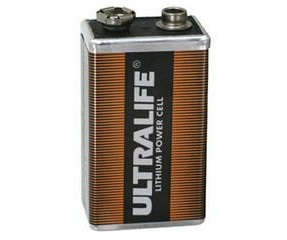


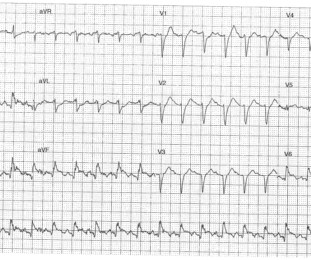

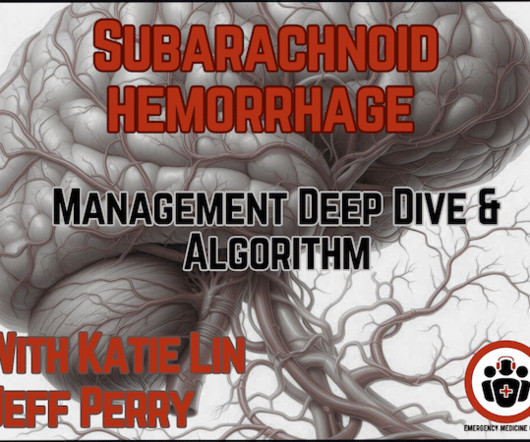
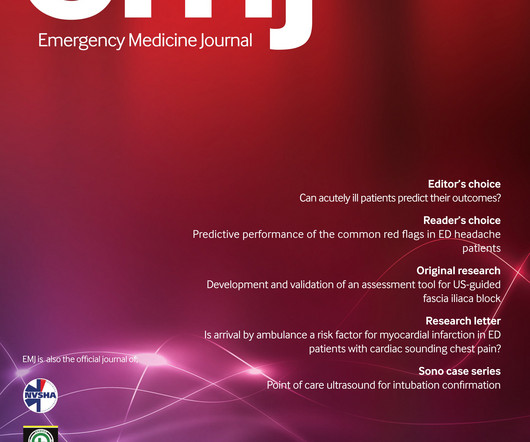
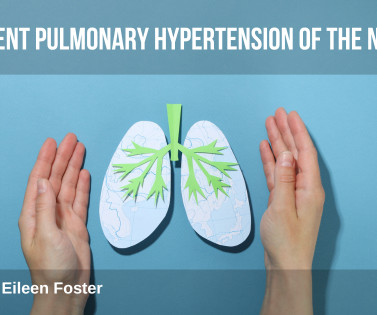


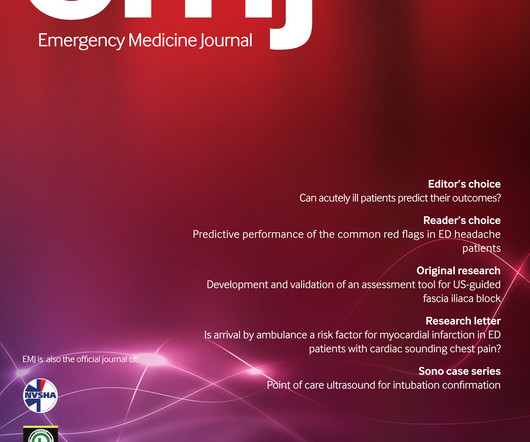















Let's personalize your content